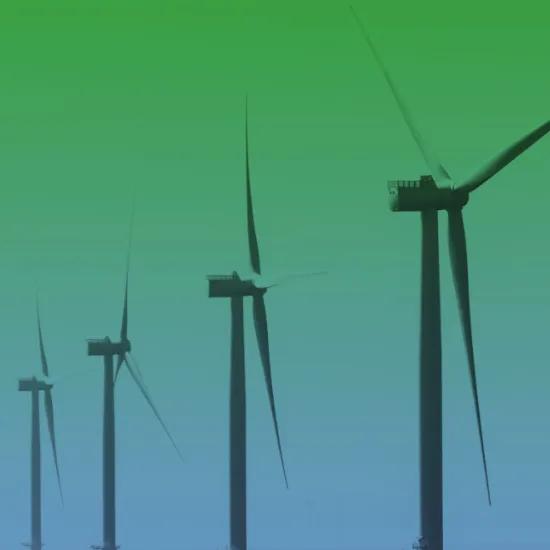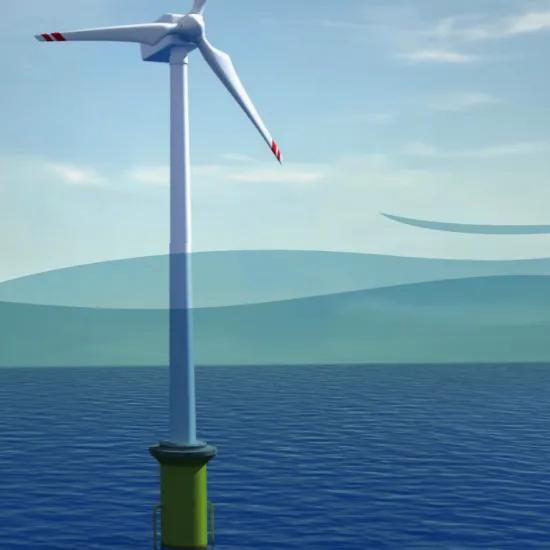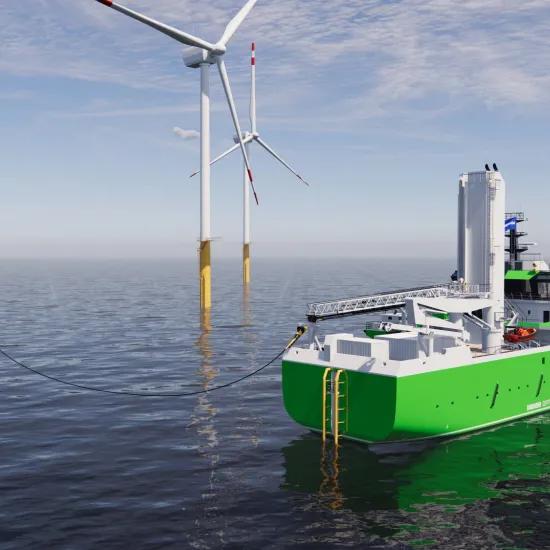In cold climates, icing events and long periods with extreme low temperatures may impact the behaviour of standard wind turbines and this reverberates negatively on economics (e.g. lower energy production, higher maintenance) and safety (e.g. ice throw) of the wind farm. The behaviour of wind turbines operating in cold climates is studied at an international level by the IEA Wind TCP Task 19, a group of experts, of which Sirris is the representative member for Belgium.
For Task 19, Sirris (through the EluciDATA project and OWI-Lab) presented a methodology for characterising the operational behaviour of a fleet of assets. In this context, the fleet was represented by wind turbines operating in cold temperatures. However, the presented methodology can be applied to any fleet consisting of (nearly-)identical assets deployed in different operating contexts for different usage scenarios.
The standard modelling approach, when dealing with assets generating a stream of data (e.g. the SCADA data of the wind turbine), uses advanced time-series analysis methods to identify and exploit patterns. In this approach, the features extracted focus on specific time intervals (e.g. hours). However, to characterize the operating conditions of the asset, these time-related features may not be always suitable. For this reason, Sirris has developed an alternative modelling approach tailored for describing the operational contexts of the asset.
Alternative modelling approach
The methodology developed by Sirris, can be summarised as follows:
- Relevant exogeneous factors (e.g. wind speed, temperature etc.) are selected for describing the operational contexts of the asset.
- Relevant output parameters (e.g. energy production) are used to define the individual asset's performance/behaviour.
- Assets that perform similarly are identified and clustered together.
- A context-aware performance baseline is derived for the cluster and the whole fleet.
- The baseline is exploited to benchmark assets across the fleet.
The use case of the study is based on a fleet of wind turbines operating in cold temperatures. The dataset consists of time-series and event log data recorded by the SCADA system of each wind turbine. Based on this use case, Sirris has shown (1) the most favourable exogeneous factors for energy production and (2) in which ranges (and to what extent) low temperatures reduce energy production. For the latter, Sirris was able to highlight that wind turbines experiencing the same windspeed produce less energy at temperatures below 0 °C (such finding was not expected before the analysis).
Are you interested in discovering the potential of fleet based analytics in your specific context? Would you like further information on the wind turbine operating in cold climates? Get in touch and e-mail us!
(Source picture at the top : CC0 Creative Commons, https://pixabay.com)






